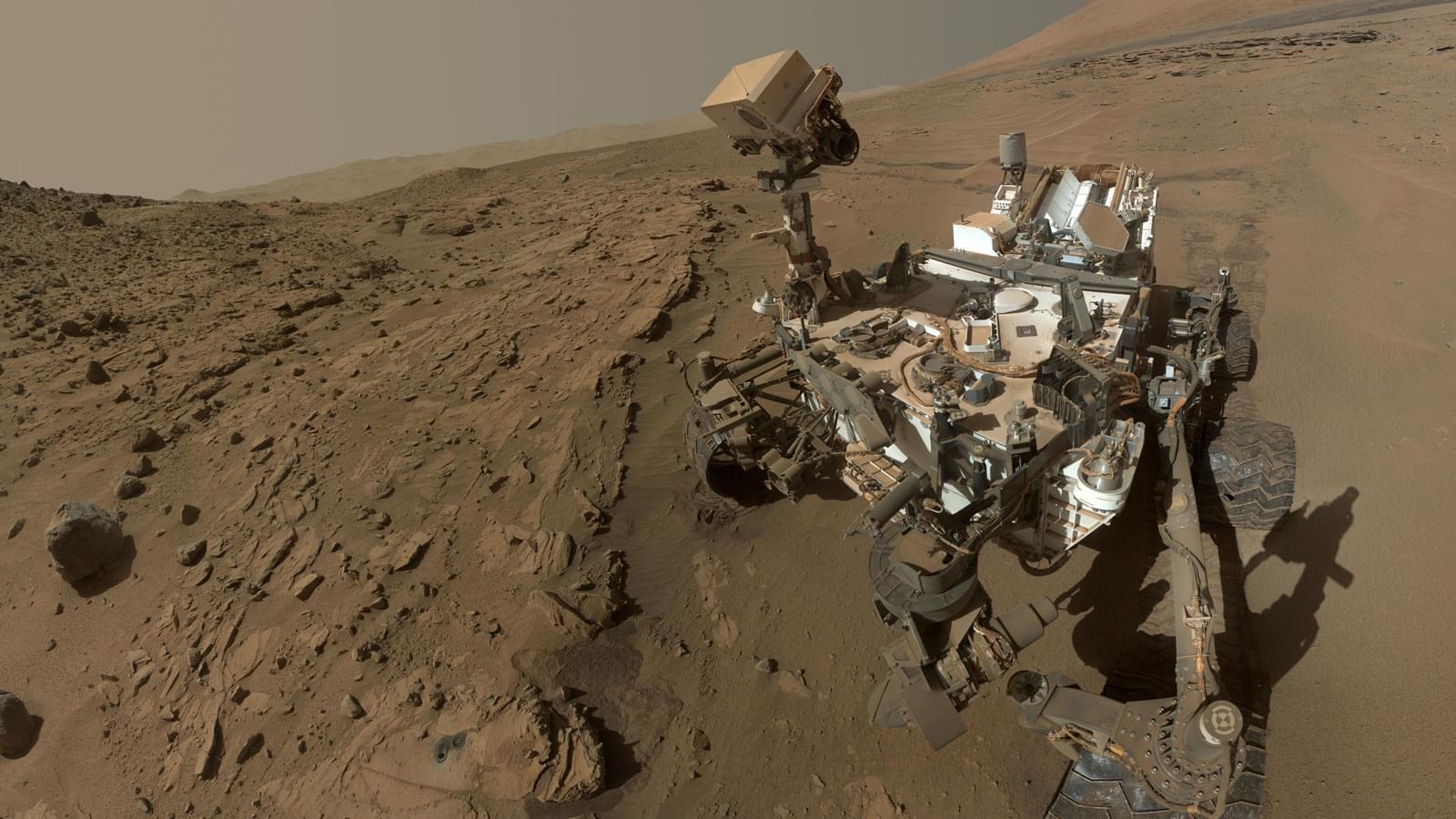You might remember back in February, when Opportunity, the little rover that could, completed its 5000th Martian day. Well, NASA’s Curiosity rover, which touched down via skycrane in August 2016, has spent over 2000 Sols, or Martian days, on Mars (Around 2056 Earth Days).
Curiosity is part of NASA’s Mars Science Laboratory mission (MSL), a long term mission with eight ambitious goals, ranging from identifying possible biomarkers, assessing the evolution of the now thin and depleted Martian atmosphere over the last couple billion years, to investigating and characterizing the radiation at the surface of Mars, which would be vital knowledge for a manned mission.
The rover itself is about the size and weight of an SUV. Fun fact – each one of Curiosity’s six wheels has a pattern on it, which is left behind as an imprint on the Martian surface. The pattern is ·— ·–· ·-··, Morse code for ‘JPL’, NASA’s Jet Propulsion Laboratory. Graffiti on an interplanetary scale.
After having its 2 year mission extended indefinitely in December 2012, Curiosity has been busying itself with finding evidence of a long-gone freshwater environment at the base of Mount Sharp. The rover then took to a bit of mountaineering, and has been climbing the large mound, that, based on observations from orbit, is believed to contain clays, since 2014.
Curiosity’s team have also been hard at work overcoming a major fault with the rover’s drill. During testing in 2011, a short circuit in the test drill threatened to fry the test rover’s motor controllers. If that happened on Mars, the rover would be permanently immobilised, a disaster. A hacked-together fix, the ‘battle short’ was implemented on the real rover before launch. This would route most of the drill’s current to ground if it short circuited while on Mars, saving the motor controllers.
On Sol 911, during a drilling operation, the ‘battle short’ was triggered. Since then, the drill has been used more cautiously, and less often, although shorts still occasionally occurred. The team developed a way of drilling without using the percussion part of the drill, the suspected cause of the shorts, known as ‘rotary only drilling’. On Sol 1536, during the first attempt to perform a rotary only drilling, the drill feed, the mechanism that was to push the drill bit forward into the rock stalled.
The leading theory? A piece of debris fouled up the movable brake plate in the mechanism, leaving the drill trapped. On Sol 1780, after three weeks of holding the drill upright, along with lots of low level manipulation of Curiosity’s hardware, the drill feed succeeded at extending to its full length. A new type of drilling FED (feed extended drilling) was developed. This allowed Curiosity to drill into rock without bracing the drill arm against it first, putting much greater tension on the drill arm than it was ever designed to deal with.
After months of testing and modelling, the MSL team will soon attempt FED, and hopefully, get Curiosity back to full scientific capacity. After 2000 Sols on Mars, Curiosity seems soon to get a second wind!







